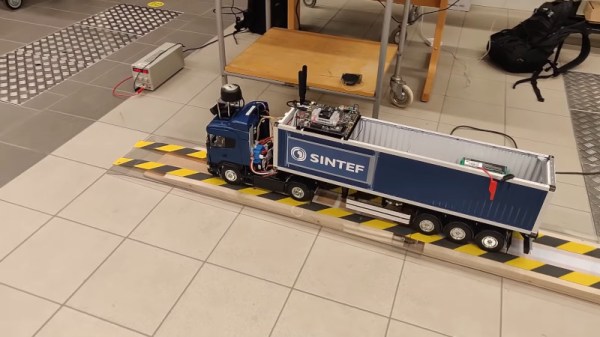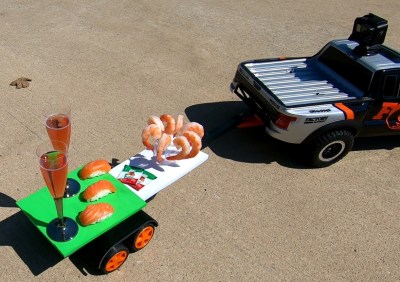There was a time not too long ago when hacking a car more often than not involved literal hacking. Sheet metal was cut, engine cylinders were bored, and crankshafts were machined to increase piston travel. It was all in the pursuit of milking the last ounce performance out of every drop of gasoline, along with a little personal expression in the form of paint and chrome.
While it’s still possible — and encouraged — to hack cars thus, the inclusion of engine control units and other systems to our rides has created an entirely different universe of car hacking options, which Amith Reddy distilled into his very popular workshop at the 2020 Remoticon. The secret sauce behind all the hacks you can accomplish in today’s drive-by-wire cars is the Controller Area Network (CAN), the network used to connect the array of sensors, actuators, and controllers that lie under the metal and plastic of modern cars.
Continue reading “Remoticon Video: Learn How To Hack A Car With Amith Reddy”




 Kipp Bradford
Kipp Bradford












